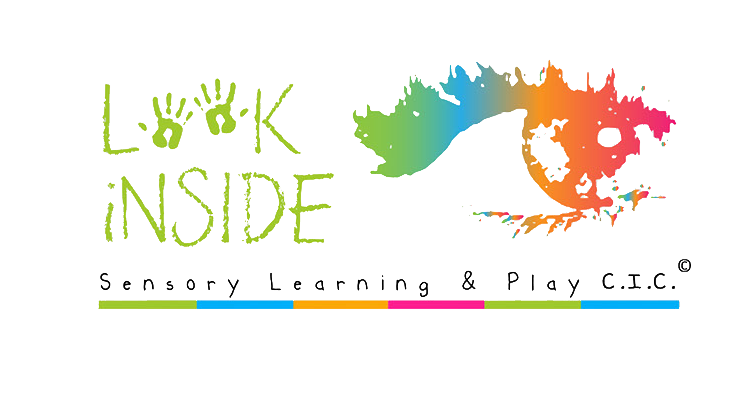The Five Categories of Sensory Play
The five categories of sensory play are linked to the five senses: sight, touch, taste, smell, and hearing.
Here’s some great examples of sensory play activities that fit into each category.
Sight
Encourage children to explore colours:
Have fun face painting
Add food colouring to your child’s bath water.
Use colouring books and paints
Experiment with light around the home:
Make shadow puppets
Play with different torches and watch the patterns on the wall
Test the child’s sense of sight:
Play peek-a-boo or hide-and-seek
Trace a hand, or complete a dot-to-dot puzzle.
Touch
Use stimulating objects or textures around the house:
Hammer ice cubes
Play with whipped cream
Have a texture scavenger hunt.
Use activities that make children use their hands:
Throw a ball
Make a paper mache mask
Feel different textured balls
Taste
Use foods that need sucking or sipping motions:
An ice lolly.
Drink a smoothie through a straw
Experiment with foods that are opposites:
Soft versus crunchy
Sweet versus salty
Hot versus cold
When cooking encourage them to explore various tastes:
Spicy foods
Dry foods
Smell
In the kitchen:
Match scents while the child is blindfolded such as sniffing herbs and spices or freshly baked bread.
Cook with foods that have a strong scent. Such as vinegar, garlic, mint, ginger, vanilla, lemon, or cocoa.
Go for a walk:
Smell the flowers or wet grass
Hearing
Let children enjoy music:
Sing songs
Learn to play an instrument
Play musical chairs
Listen to music
Play sound games:
Record everyday sounds such as a police siren or the toilet flushing. Play them back and try to recognise the sounds
Check out the BBC website for stimulus sounds to encourage listening skills.
So as you can see sensory play offers many benefits to all children, especially those who may have some difficulty with sensory integration.
By making sure the activities are fun and varied children will have the opportunity to develop these important skills. And let them be control of their own experiences and actions.
Author: Disability grants
Reference: https://www.disability-grants.org/the-importance-of-sensory-play.html

